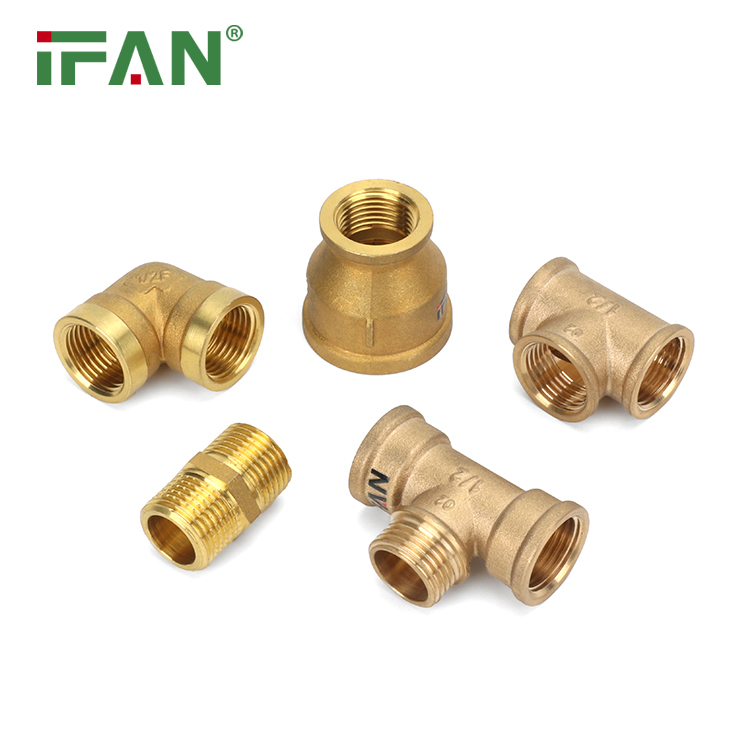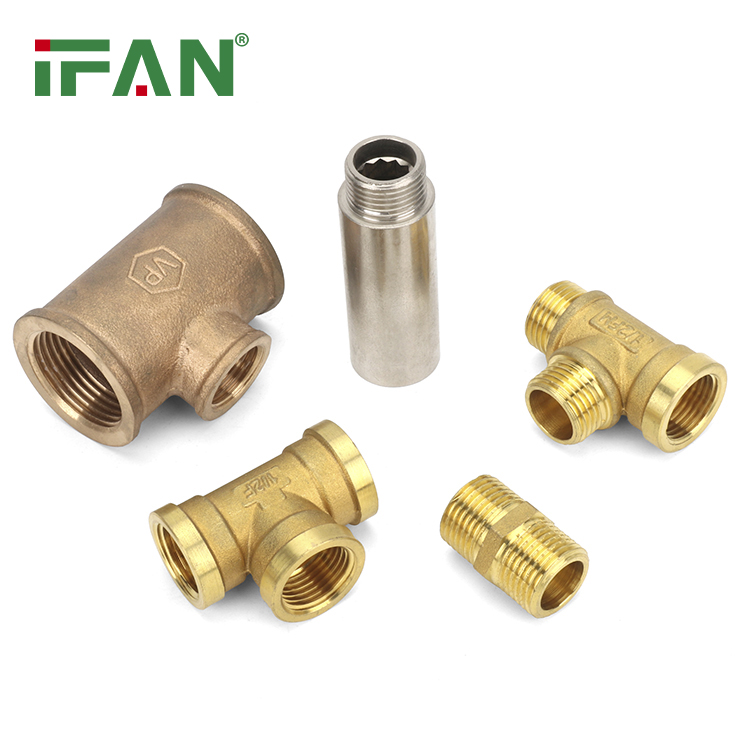IFAN factory 30+ years manufacture experience support color /size customization support free sample.Welcome to consult for catalog and free samples.This is our Facebook Website:www.facebook.com,Click to watch IFAN’s product video.Compared with Tomex products, our IFAN products from quality to price are your best choice, welcome to buy!
Introduction to Brass Fittings
Brass fittings are integral components in various industries due to their durability, corrosion resistance, and ease of installation. Composed primarily of copper and zinc, brass fittings exhibit excellent mechanical properties and can withstand high temperatures and pressures. Their versatility makes them suitable for a wide range of applications across plumbing, HVAC systems, industrial machinery, and more.
Common Applications
Brass fittings find extensive use in plumbing systems for both residential and commercial buildings. They are employed in water distribution networks, connecting pipes and fixtures like faucets, valves, and showers. In HVAC systems, brass fittings facilitate the routing of refrigerants and coolants, ensuring efficient heat exchange and temperature regulation. Industrial applications include fluid and gas handling systems, where brass fittings provide reliable connections in diverse environments such as manufacturing plants, refineries, and chemical processing facilities.

Advantages of Brass Fittings
The advantages of brass fittings stem from their unique material properties. Brass offers excellent corrosion resistance to water, chemicals, and atmospheric conditions, making it suitable for both indoor and outdoor applications. Brass fittings are durable and long-lasting, capable of withstanding mechanical stress and pressure fluctuations without compromising performance. They are easy to work with, allowing for secure and leak-free connections through methods like threading, compression, or soldering. Additionally, brass is inherently antimicrobial, contributing to safer drinking water systems compared to other materials.
Specific Industry Uses
In the automotive industry, brass fittings are utilized in fuel lines, brake systems, and hydraulic circuits due to their resilience to automotive fluids and resistance to vibration. In marine environments, where corrosion resistance is critical, brass fittings are preferred for plumbing and fluid handling aboard ships and offshore platforms. They are also employed in agricultural equipment for irrigation systems and fertilizer application, leveraging their robustness and resistance to agricultural chemicals.

Environmental and Sustainability Considerations
Brass fittings are environmentally friendly due to their recyclability and durability. Brass is highly recyclable, with recycled brass maintaining its mechanical properties, reducing the demand for raw materials and energy consumption. Their long lifespan minimizes replacement frequency, contributing to lower maintenance costs and reduced waste generation over time. Choosing lead-free brass fittings ensures compliance with drinking water standards, safeguarding public health and environmental quality.
Conclusion
In conclusion, brass fittings play a vital role across diverse industries, offering durability, corrosion resistance, and ease of installation. Their widespread applications in plumbing, HVAC, automotive, marine, and agricultural sectors underscore their versatility and reliability. Understanding the advantages of brass fittings, including their material properties, environmental benefits, and specific industry uses, helps in making informed decisions for various applications. By selecting brass fittings that align with operational requirements and regulatory standards, industries can achieve efficient fluid handling, enhanced safety, and long-term cost savings.





